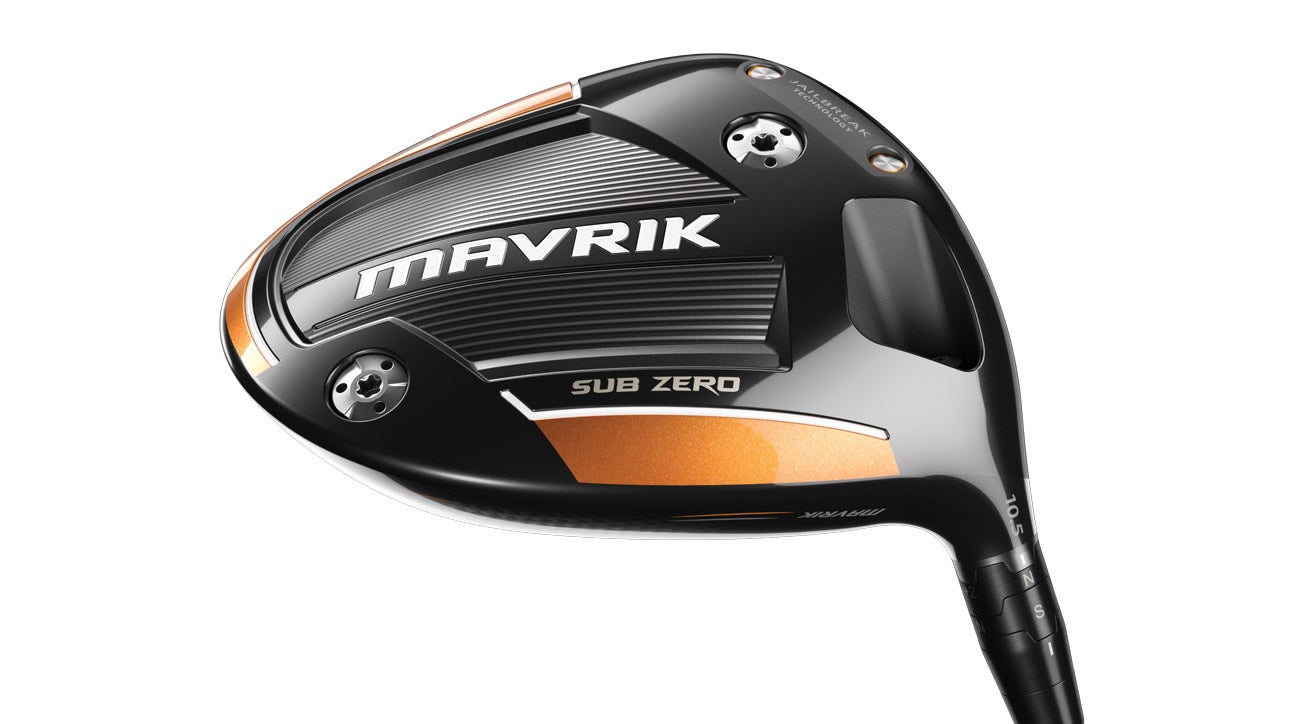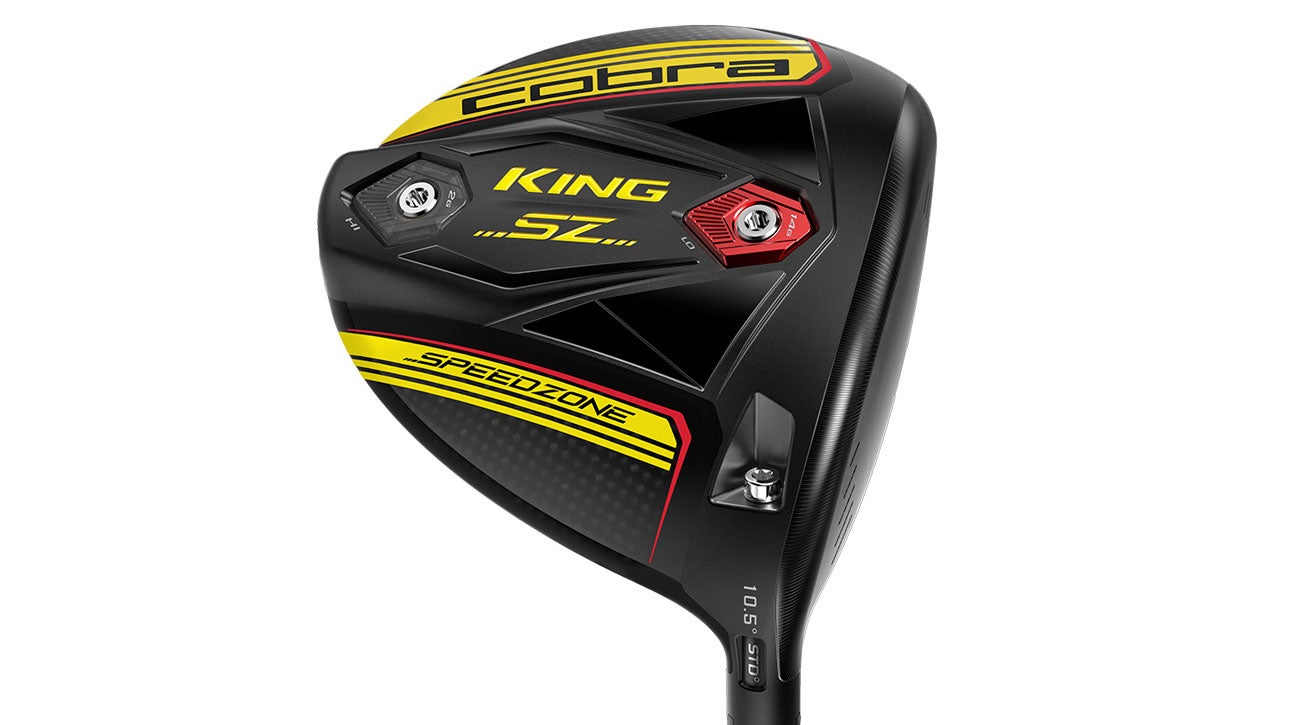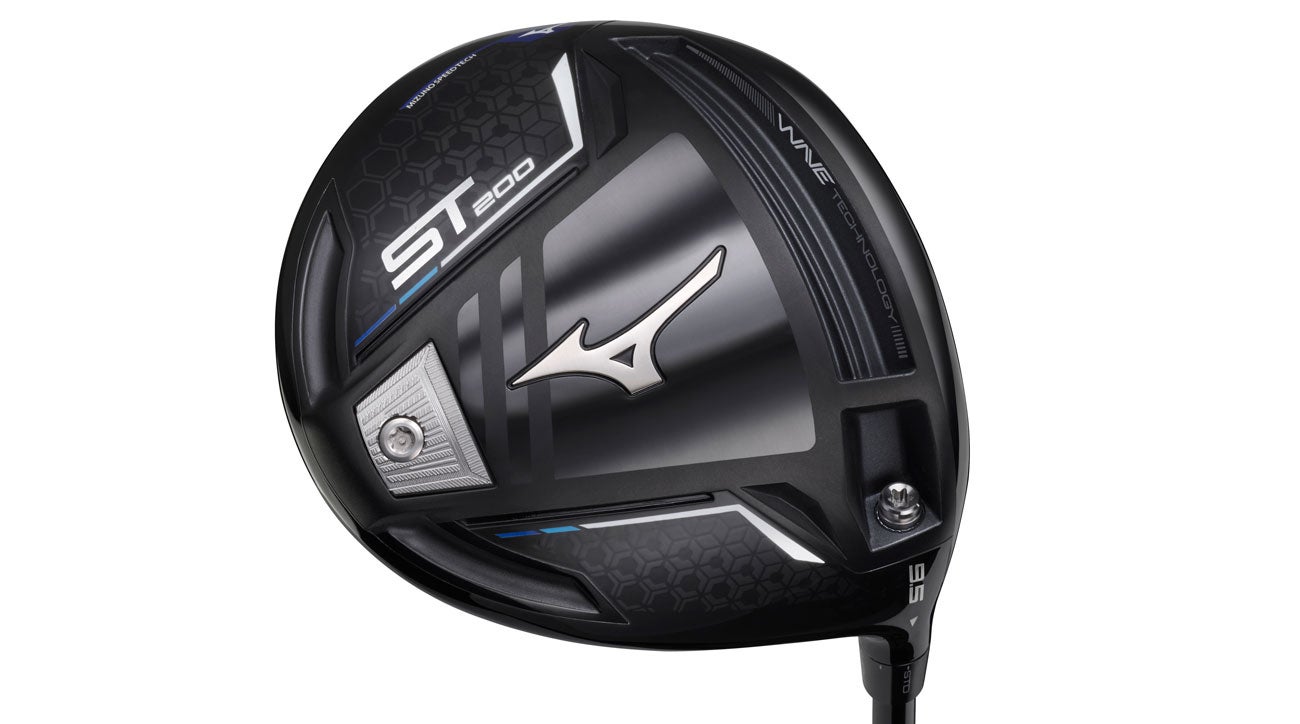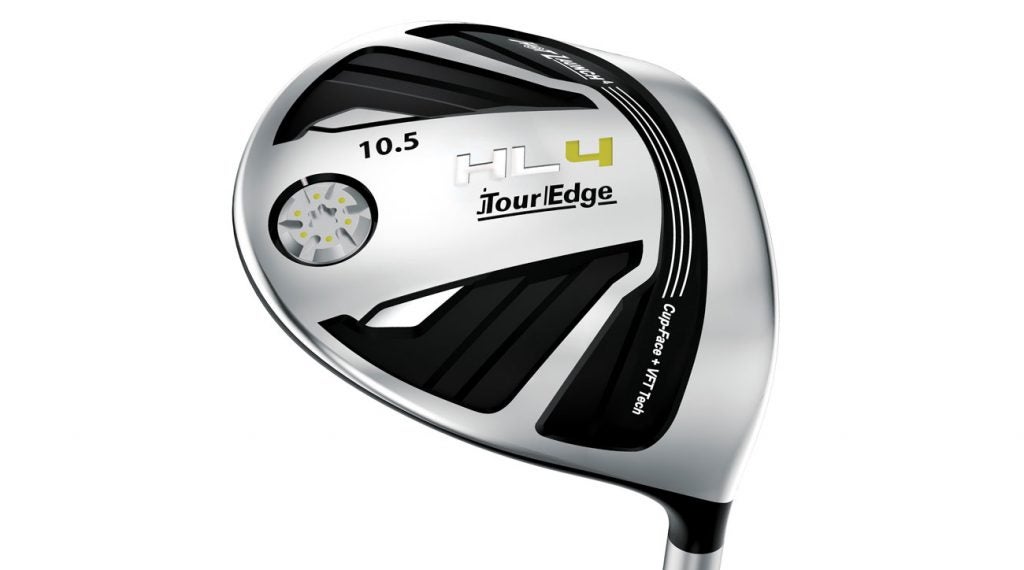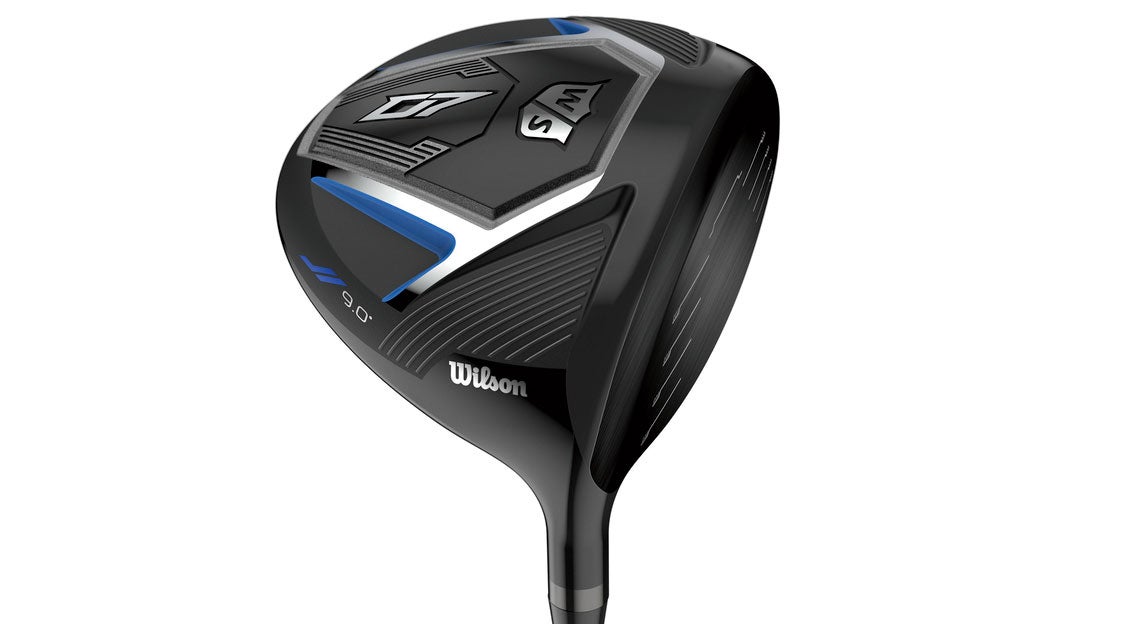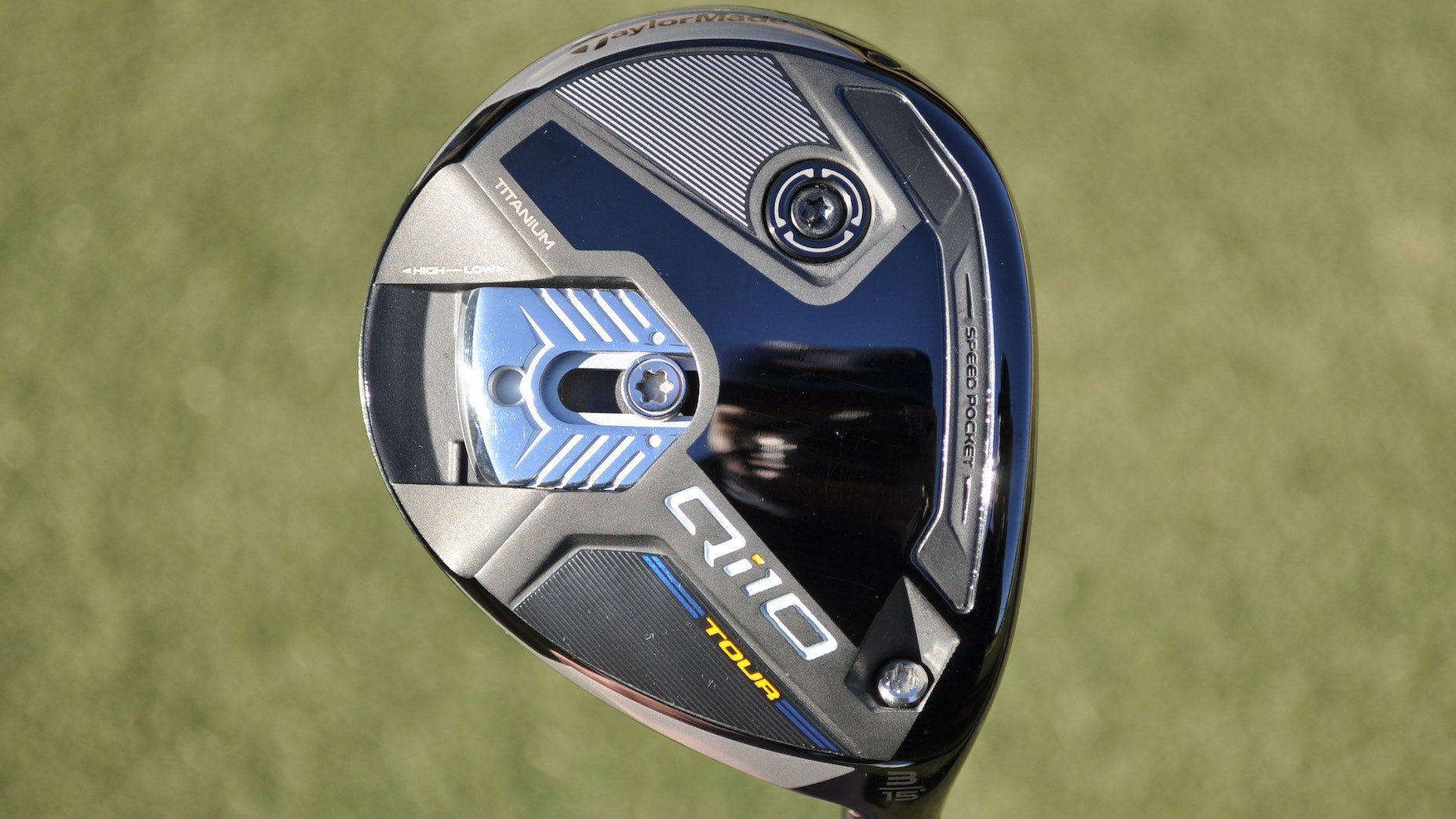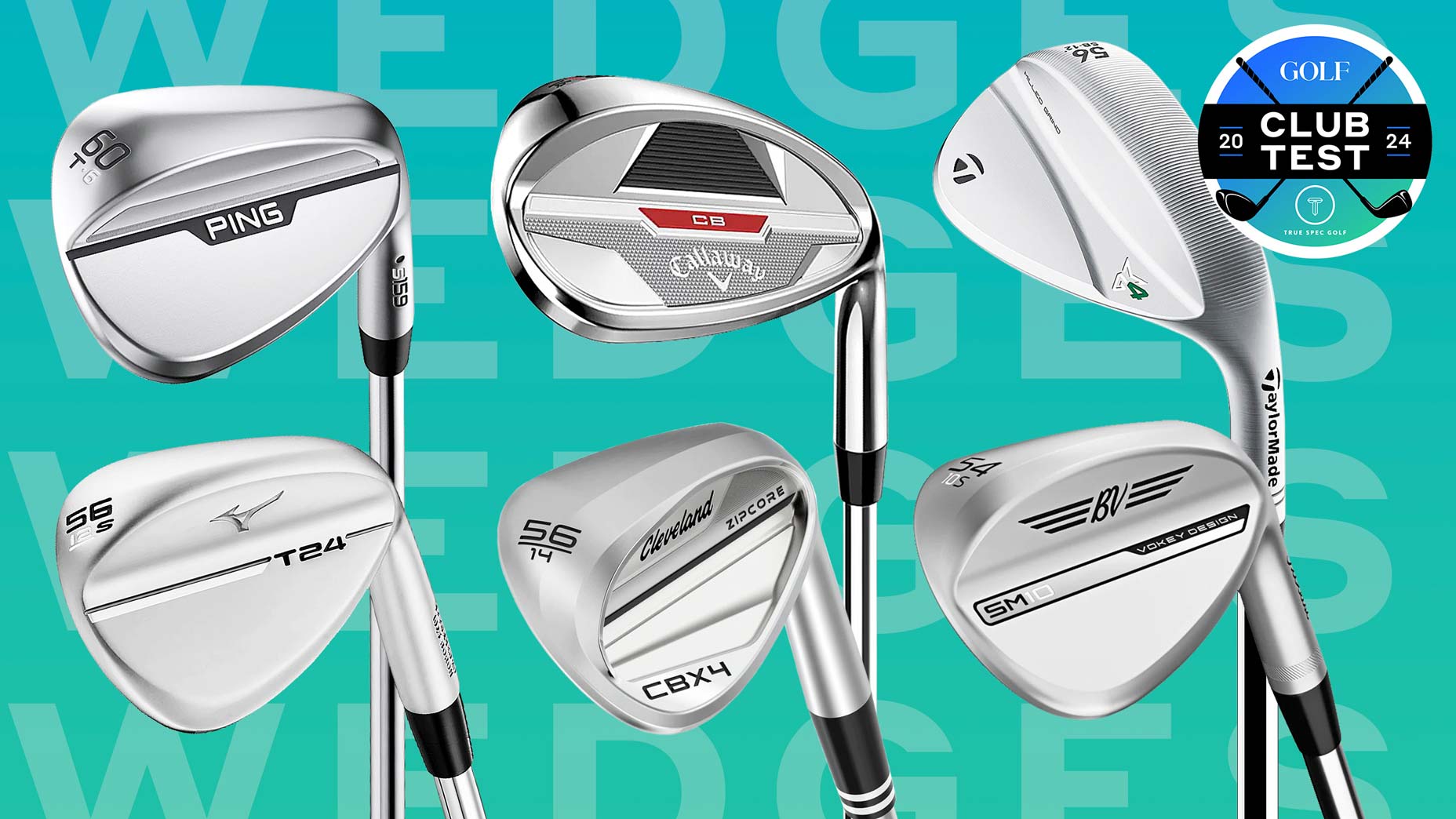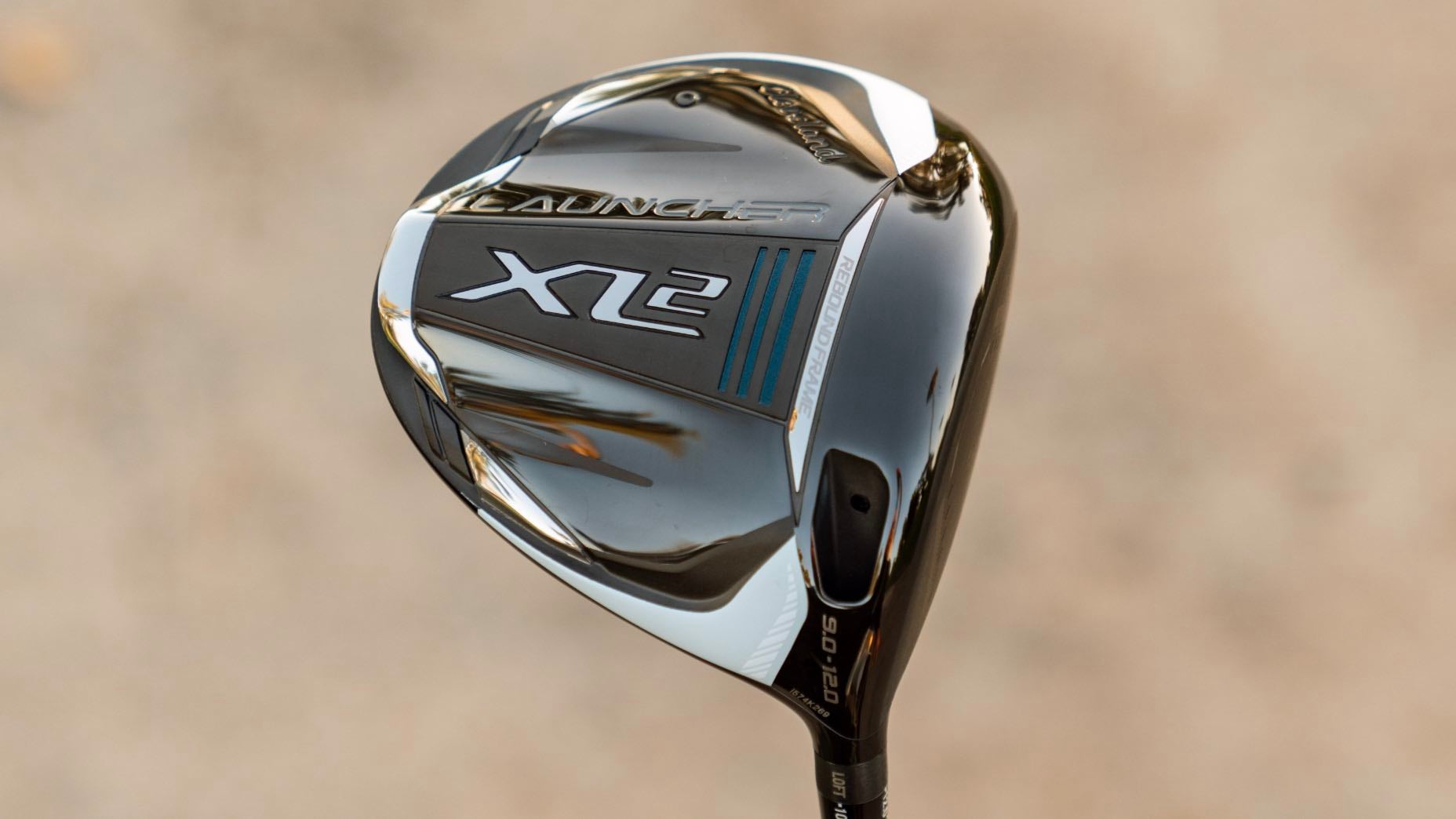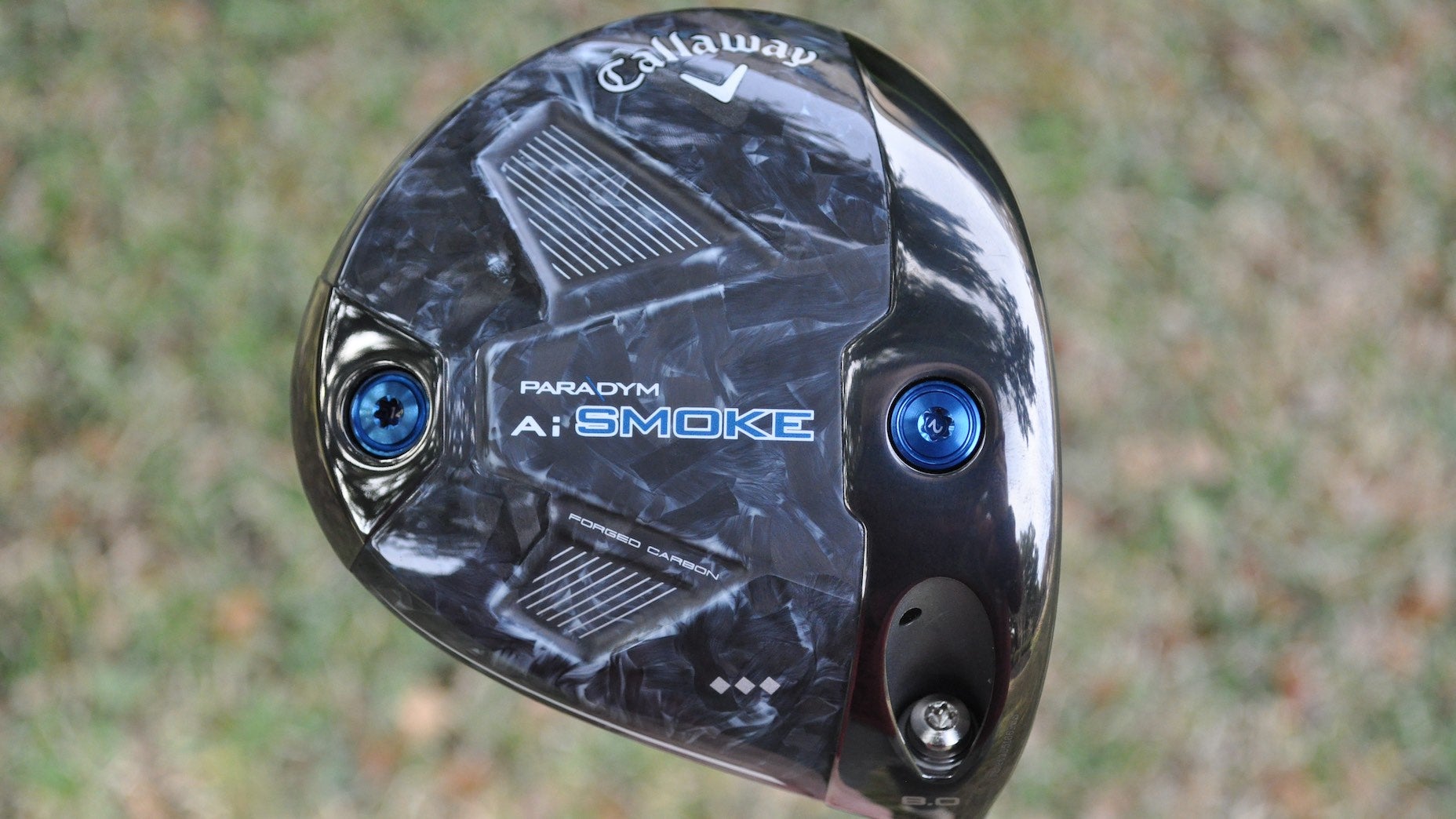ClubTest 2020: These 7 drivers will help you perfect a fade
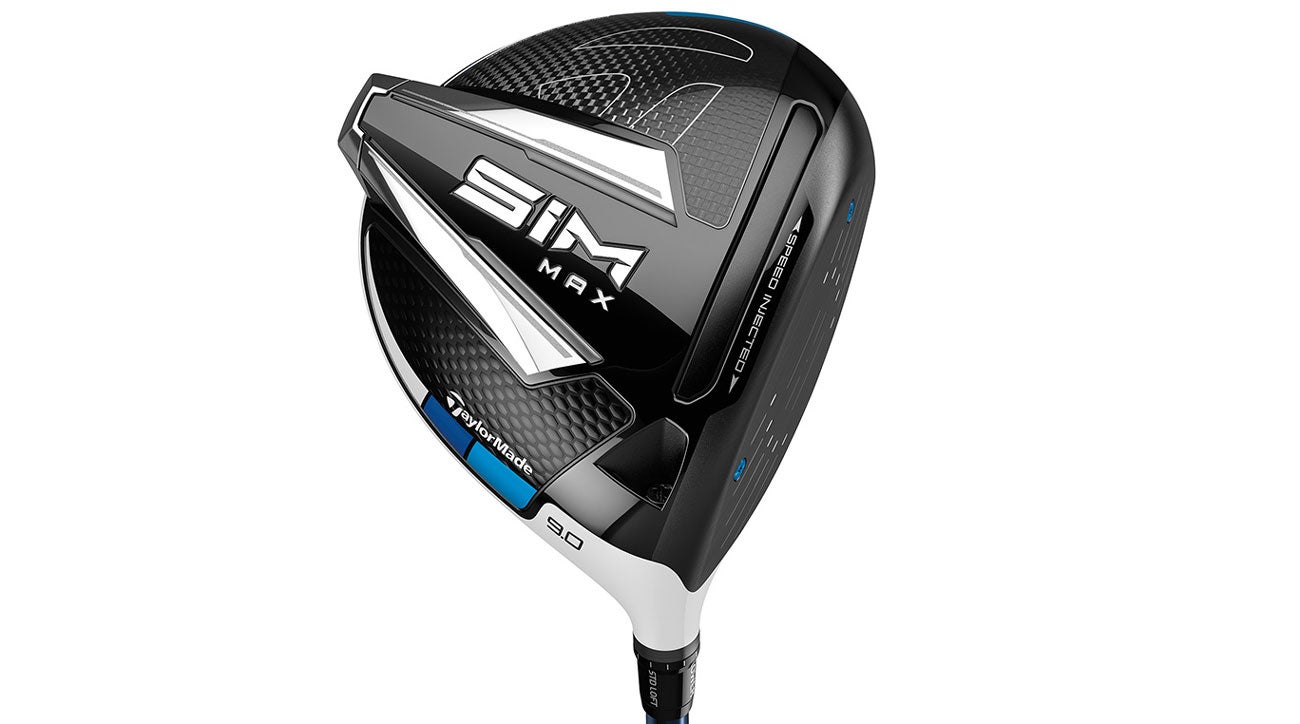
TaylorMade's SIM Max is one of 7 drivers that will help you hit a stock fade.
TaylorMade
Mastering the fade is one way to help you find the fairway with regularity. It’s a popular go-to shot shape with the driver for many tour players — Dustin Johnson and Brooks Koepka included — due to its reliability, particularly in pressure situations. If you’re working on adding a fade to your arsenal, consider one of the seven drivers listed below. All of them have some semblance of a fade bias that should make it easier to shape it like DJ in no time.
Callaway Mavrik Sub Zero
Callaway Mavrik Sub Zero
Our take: It’s the lowest spinning Mavrik. Depending on where you position the two adjustable sole screws (two and 14 grams), you can manipulate spin up to 200 to 300 rpm. A smaller head size (450cc) and flatter lie angle should appeal to better players.
ClubTester’s take (3-hdcp): “One knock on Sub Zero models was their lack of forgiveness, but I can miss it with this one and it still goes!”
Robot’s take: Ranked near the top in carry distance at high speed.
Cobra King SpeedZone
Cobra King SpeedZone
Lofts: 9 ̊, 10.5 ̊, 12 ̊
Our take: The CNC-milled face on the SpeedZone driver has a fresh look with an Infinity design that wraps into the sole and crown to enlarge the sweet spot and boost forgiveness (something players raved about during testing). Removing unwanted titanium—50 percent of the head is comprised of carbon fiber—allowed for the addition of a 69-gram internal weight that pushes the center of gravity down and away from the strike to maximize head stability. Combine all of these attributes and you get a driver loaded with forgiveness and pinpoint accuracy. There’s a reason why Cobra staffers Rickie Fowler and Bryson DeChambeau switched to SpeedZone almost immediately after it was released. For non-pros, the driver also checks a bunch of boxes, but where it truly shines is in the ball speed retention department. Robot testing revealed a club that produces nearly identical ball speed numbers on shots struck in the center of the face and off the toe. With this and the Xtreme model finishing near the top in forgiveness tests, players have two great options based on shape and adjustability preferences.
ClubTester’s take (+1-hdcp): “Firm feel of this driver is like Led Zeppelin back in the day—it hits all the right notes and gets your attention.”
Robot’s take: For both fast and mid swing speeds, forgiveness on toe hits and in general spiked while also producing a lower peak height.
Mizuno ST200
Mizuno ST200
Lofts: 9.5°, 10.5°
Our take: The Beta Rich Forged Titanium face is 17 percent stronger and maintains its performance longer than traditional materials. Weight savings from a compacted Wave Sole allowed for the addition of an 11.6-gram back weight, producing a balance of low spin and forgiveness. Also available in draw-bias ST200X and adjustable-weight ST200G. Better players will appreciate the flatter crown and lie angle.
ClubTester’s take (8-hdcp): “Classic looks combined with new-age tech. And it feels outstanding!”
Robot’s take: A ball speed winner for mid swing speed players.
TaylorMade SIM
TaylorMade SIM
Lofts: 8˚, 9˚, 10.5˚
Our take: Squeezing every last ounce of speed and forgiveness out of a driver head takes creativity—and some ridiculously smart engineers. Looking at TaylorMade’s shiny SIM (Speed in Motion), it’s clear that the company’s braintrust has been busy finding new ways to capture more speed while doing so in a way that appeals to golfers who crave adjustability and control. A speed-inducing Inertia Generator (located in the sole) is paired with a new aerodynamic profile to improve clubhead speed. What separates SIM from the other two models in the line is a 10-gram sliding weight that creates 20 yards of draw-fade bias to optimize ballflight. The driver has a slightly smaller face than the Max and Max D, but thanks to a fifth-generation carbon composite crown and groundbreaking Twist Face technology, it’s difficult to tell much of a difference when it comes to speed.
A combo of low spin and impressive carry numbers gives SIM some first-rate launch characteristics. Even with a smaller face profile, the driver still ranked near the top in overall (high speed) and high toe (both speeds) forgiveness. And if your go-to shot happens to be a fade? Even better.
ClubTester’s take (+1-hdcp): “This club is a 787. It’s big, bold, looks good and flat-out goes.”
Robot’s take: Carry and forgiveness numbers rate near the top for high swing speed players. Impressive forgiveness for the mid-speed set, too.
TaylorMade SIM Max
TaylorMade SIM Max
Lofts: 9.5˚, 10.5˚
Our take: With a face that’s 8 percent larger than the standard SIM, the Max is designed to deliver as much forgiveness and ball speed as possible. It carries all the same technology as the other SIM products, with the exception of the adjustable weight track in the sole.
ClubTester’s take (15-hdcp): “Love the crown color. Feels expensive and performs at the same time.”
Robot’s take: If high, power fades are your game, the SIM Max is your gamer.
Tour Edge Hot Launch 4
Tour Edge Hot Launch 4
Lofts: 9.5˚, 10.5˚, 12˚
Our take: Designed with a sloped crown and rear weight that pushes the center of gravity low and back to correct mishits and create a towering launch. A deep cup face and channel design also assist with forgiveness while delivering ball speed and better acoustics.
ClubTester’s take (16-hdcp): “I liked the little draw it produced, which I normally don’t have. One of the louder drivers I hit as well.”
Robot’s take: Tested well in fade correction across all swing speeds.
Wilson D7
Wilson D7
Lofts: 9.5˚, 10.5˚, 13˚
Our take: At 192 grams (head weight), the nonadjustable D7 is built to capture more clubhead speed. A three-piece crown comprised of Kevlar sandwiched between two layers of carbon fiber neutralizes vibrations. Internal weighting is optimized depending on loft to dial-in launch.
ClubTester’s take (7-hdcp): “Never really been a big nonadjustable guy, but D7 could change things.”
Robot’s take: Mid-speed players will see a piercing launch.
The product(s) featured in this article has been independently selected by GOLF.com’s editorial team. If you make a purchase using the links included, we may earn a small commission.

